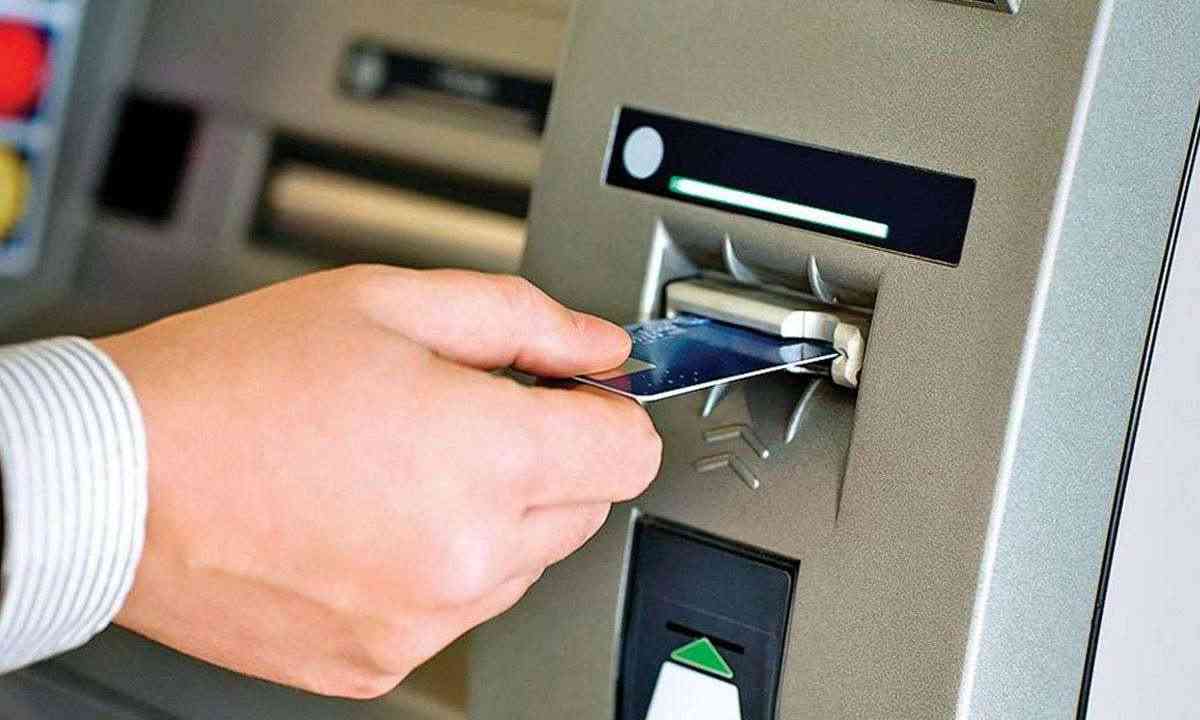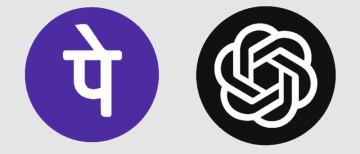The State Bank of India's economic research report "Ecowrap" states that every 1 increase in the value of UPI (unified payments interface) transactions is resulting in an 18 paisa decline in debit card transactions, implying a person now goes to an ATM on average 8 times a year, down from 16 visits previously. Based on an investigation of monthly time series data for the years April 2016 through April 2023, the previously mentioned finding was made.
According to a study conducted by SBI's Economic Research Department (ERD), UPI has surpassed debit card withdrawals at ATMs since November 2018.
“UPI has not only altered the payment landscape of India but is also significantly altering the purpose for which currency is used hitherto acting as an investment to speculation (trading) conduit,” said Soumya Kanti Ghosh, Group Chief Economic Adviser, SBI.
According to ERD's study, rural and semi-urban areas now make up 60% of UPI value and volume, shattering the common belief that metro and metropolitan areas are the epicenters of online payment adoption and innovation.
About 90% of the value/volume share was made up of the top 15 states.
According to Ecowrap, UPI has become known as the most widely used and favored payment method in India, pioneering both Person to Person (P2P) and Person to Merchant (P2M) transactions that make up roughly 73% of all digital payments.
According to ERD's data, the number of UPI transactions has multiplied, going from 1.8 crores in FY17 to 8,375 crores in FY23. From merely 6,947 crores to 139 lakh crore within the same time span, or a 2004-fold rise, the worth of UPI transactions has also grown significantly.
“Interestingly, CIC (currency in circulation) has moderated to reach 12.4 percent of GDP in FY23, almost the same level as 2015-16. The yearly growth in CIC has also declined to 7.9 percent in FY23 from 16.6 percent in FY21,” ERD said.
© Copyright 2023. All Rights Reserved Powered by Vygr Media.























